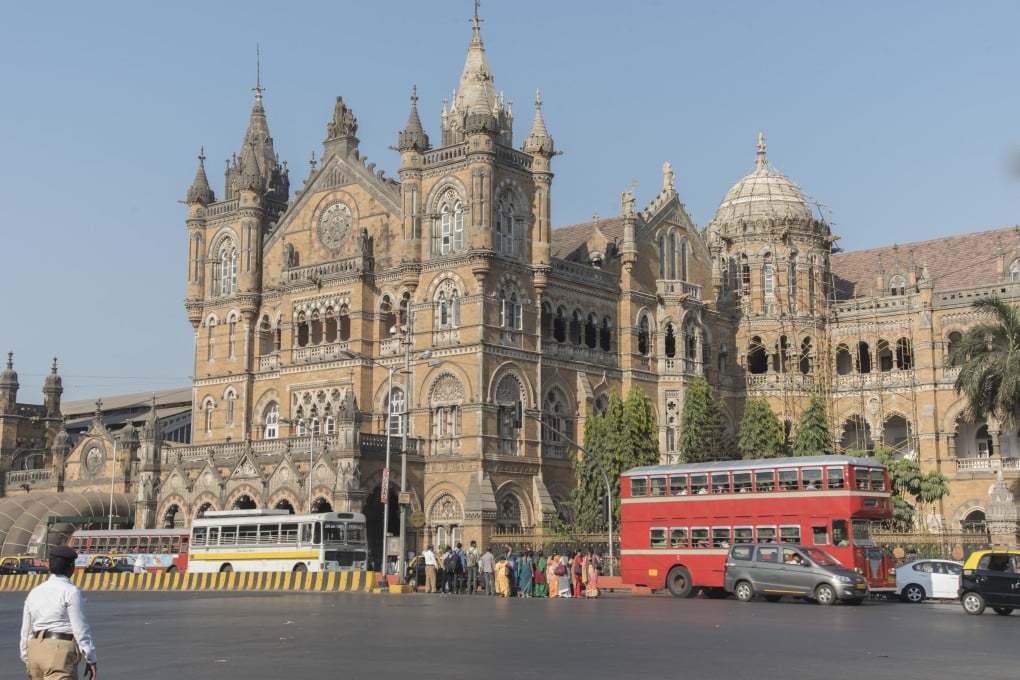Mumbai, India – the good and the bad: Bollywood, British Raj relics, the Taj Mahal Palace Hotel, but pricey accommodation, traffic jams and deadly trains
- With a population of over 20 million, Mumbai is the home of Bollywood film studios and boasts some stunning colonial-era buildings
- But the streets are traffic-choked and dirty and hotel rooms expensive. Then there are the trains, which are so crowded passengers are sometimes killed

Originally made up of seven islands separated by mosquito-infested swamps, India’s richest and most powerful metropolis is now home to 21 million people. Or is it 23 million?
A land of opportunity, Mumbai is known as the City of Dreams. An estimated 10,000 new migrants swell the population every day, most of them arriving at Chhatrapati Shivaji Maharaj Terminus (CSMT).
The railway station was built by the British to commemorate the golden jubilee of Queen Victoria, in 1887. It was a time of grandiose colonial statements and no expense was spared.

Not everyone comes to Mumbai (or Bombay, as it was known until 1996) by train, however.
In 1911, King George V and Queen Mary arrived at Apollo Bunder pier aboard the HMS Medina. To honour the royal visit, the Gateway of India was constructed at the site.
